Those keeping a keen eye on Iceland will know the supermarket chain is no stranger to bold, if not slightly questionable, marketing claims.
Whether that’s its 2019 UK’s ‘cheapest cuppa’ promise, landing the retailer in hot water with the Advertising Standards Authority, or claims its “luxury crumpets” were better than M&S’s in 2018 – leading to its advert being banned – the family-owned supermarket has never been shy about exaggerating.
Talk of its “biggest ever” frozen launch therefore left some feeling sceptical, especially as last month buyers for the supermarket leaked the claim in a series of since-deleted social media posts.
But all was officially revealed this week, with the first sight of up to 500 new frozen products set to hit freezers across its 950 Iceland and 150 Food Warehouse stores between now and the end of September.
Technically, it’s not the retailer’s largest ever product launch. In September 2019, the supermarket introduced 550 “new and improved” lines following a customer feedback-led refresh.
However, it is the supermarket’s largest launch of brand new own-label and branded products in one go, and certainly significant.
As part of it, Iceland will double own-label £1 value products as well as fresh bakery lines. Own-label Luxury ready meals will be expanded, while partner ranges with Cathedral City, MyProtein, Greggs, and TGI Fridays will grow. A new AB World Foods-owned Blue Dragon tie-up will also launch.
Product innovation: a crucial tactic
So, what’s behind it all?
As a family-owned frozen food specialist, Iceland has a unique position compared with the major mults. That comes with its own disadvantages, as Andrew Staniland, Iceland’s group buying director, explained in an interview with The Grocer this week.
“We have to work harder as a business to draw customers into our stores because they’re generally doing their main shop somewhere else,” he said. “We can often be described as a top-up shop.”
That perception goes some way to explaining why Iceland’s share of the grocery market has bobbed between 2% and 2.5% for the past decade, according to Kantar, despite the group having more UK stores than both Aldi and Lidl.
Product innovation, in the form of newer luxury lines and increasingly exclusive brand partnerships, are a crucial element of Iceland’s work to change that “top-up shop” perception, said Staniland.
Exclusive ranges have also tactically helped Iceland appeal to a “completely different shopper”, he added. For example, its range with Slimming World and recently launched partnership with THG-owned MyProtien helped attract a new customer base of more “health-focused” consumers.
Making a grab for takeaway
“We’re trying to gather a broader portfolio of shoppers into our business – we want all demographics coming in, to maximise our transactions,” Staniland said.
The cost of living crisis has also accelerated that pressure to evolve, and innovate.
It’s an “age-old trend” that consumers trade down to frozen during financially difficult times, Staniland said, claiming Iceland now attracts more Sainsbury’s and Waitrose customers than ever before. In two years, it has doubled its luxury ranges to grow further into this trend, he said.
Iceland is also aiming to grab a bigger piece of takeaway and restaurant market share too. The retailer traditionally overtrades in takeaway ranges, which is where products like the new Grill House range come in, said Staniland.
“One of the gaps in our ranges was that kind of traditional kebab shop. So, we have carefully selected suppliers from all around the world to fill the freezer full of products that replicate the raw materials that you’d find in those takeaway shops,” he added.
The 11-strong lineup includes Chicken Shawarma Kebab Meat, Sliced Doner Kebab Meat and Doner Kebab Quarter Pounders, alongside a trio of Chinese Style, Salt & Pepper and Hot & Spicy Pork Ribs.
“If you go back to the last global financial crisis, Iceland’s food proposition was very different… It was fairly one-dimensional,” said Staniland. “This time around we’ve acquired new customers with a completely different portfolio of brands and tiering, that will hopefully help us hold on to those customers. All the data is suggesting that we will, and we are.”








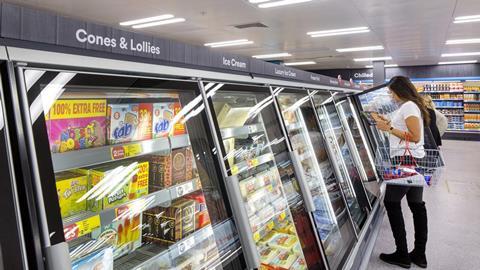



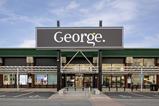
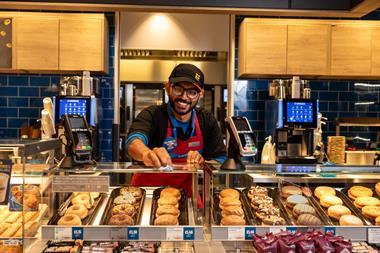


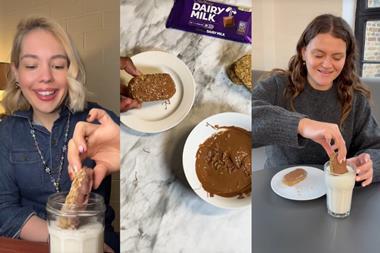




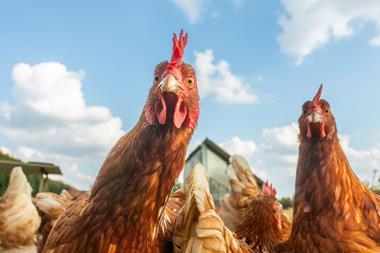



No comments yet